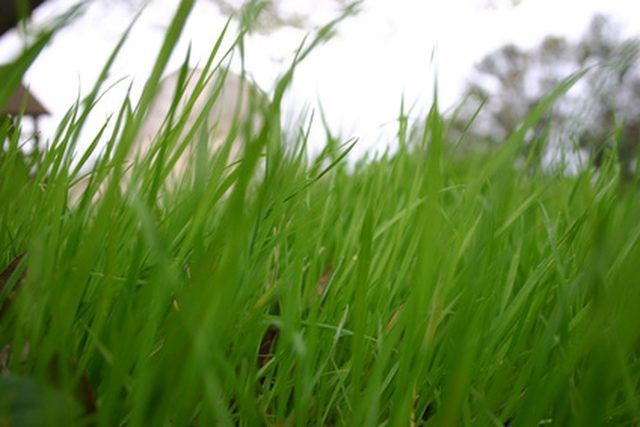Bulbs
Flower Basics
Flower Beds & Specialty Gardens
Flower Garden
Garden Furniture
Garden Gnomes
Garden Seeds
Garden Sheds
Garden Statues
Garden Tools & Supplies
Gardening Basics
Green & Organic
Groundcovers & Vines
Growing Annuals
Growing Basil
Growing Beans
Growing Berries
Growing Blueberries
Growing Cactus
Growing Corn
Growing Cotton
Growing Edibles
Growing Flowers
Growing Garlic
Growing Grapes
Growing Grass
Growing Herbs
Growing Jasmine
Growing Mint
Growing Mushrooms
Orchids
Growing Peanuts
Growing Perennials
Growing Plants
Growing Rosemary
Growing Roses
Growing Strawberries
Growing Sunflowers
Growing Thyme
Growing Tomatoes
Growing Tulips
Growing Vegetables
Herb Basics
Herb Garden
Indoor Growing
Landscaping Basics
Landscaping Patios
Landscaping Plants
Landscaping Shrubs
Landscaping Trees
Landscaping Walks & Pathways
Lawn Basics
Lawn Maintenance
Lawn Mowers
Lawn Ornaments
Lawn Planting
Lawn Tools
Outdoor Growing
Overall Landscape Planning
Pests, Weeds & Problems
Plant Basics
Rock Garden
Rose Garden
Shrubs
Soil
Specialty Gardens
Trees
Vegetable Garden
Yard Maintenance
How to Kill Crabgrass for Good
How to Kill Crabgrass for Good. There are generally two types of crabgrass that encroach on the health of your lawn: smooth crabgrass and large crabgrass. Smooth crabgrass is a low-growing annual which left to grow can reach heights of six inches. Large crabgrass is typically low growing when mowed but can grow up to two feet tall. Killing...

There are generally two types of crabgrass that encroach on the health of your lawn: smooth crabgrass and large crabgrass. Smooth crabgrass is a low-growing annual which left to grow can reach heights of six inches. Large crabgrass is typically low growing when mowed but can grow up to two feet tall. Killing crabgrass for good involves employing proper turf cultural practices and herbicides.
Things You'll Need
Lawn mower
Fertilizer
Grass seeds
Wood chips
Compost
Landscaping fabric
Scissors
Bricks
Herbicide
Power rake
Lower or heighten your lawn mower's blades. Crabgrass can impede on a lawn when the grass is cut too short because the grass blades reflect the height of the grass' roots. Longer roots means that the turf can compete with the crabgrass. Grass types such as Bermuda grass should be mowed at an inch and a half, bluegrass at two and a half inches and tall fescue three inches.
Fertilize your lawn at the right time. There are two types of grass types: cool season and warm season. Cool season grass should be fertilized in early spring and late fall, whereas warm season grass must be fertilized in early spring to late summer. Wait for the grass to green up in the spring before fertilizing or you will encourage weed growth.
Choose the most competitive grass type for your lawn. Competitive grass will prevent crabgrass from overtaking the lawn. Cool season grasses like bentgrass, bluegrass and tall fescue grass can decrease the amount of crabgrass in the lawn. Warm season grass types such as Bermuda, St. Augustine and dichondra compete with crabgrass for the soil's nutrients.
Spread mulch over crabgrass to suffocate it. Use mulch types like compost, wood chips or landscape fabric. Cut the landscape fabric to the size of the encroaching crabgrass and place bricks on top to keep it in place.
Apply a pre-emergent herbicide on your lawn to prevent crabgrass from germinating. Pre-emergent pesticides will not kill existing grass but will prevent the seeds from germinating and establishing.
Tips & Warnings
Reduce your amount of thatch if it is over half an inch to help your fertilizer come in contact with the soil.
Avoid using a broad spectrum herbicide on your lawn, because it will kill the rest of the lawn.